

In early childhood education, the practice of moving educators to new rooms each year is common. Some services see it as a way to keep things fresh, while others worry it disrupts continuity for children. So, are yearly room changes supporting children’s well-being or unsettling the very relationships they rely on?
A: Something as simple as a child asking to braid an educator’s hair—or children braiding each other’s can spark important questions about connection, trust, and professional boundaries. For many, braiding is more than a playful activity; it is a gesture of closeness, a way of forming relationships, and in some cultures, a practice rich with tradition and identity.
At the same time, educators must balance these relational opportunities with health, hygiene, and safety considerations, ensuring that practices in the service align with professional standards and family expectations. This tension—between fostering connection and maintaining boundaries—makes hair braiding a valuable topic for reflection in early learning settings.
Outdoor play is vital for children’s well-being, offering opportunities for physical activity, exploration, and connection with nature. In Australia, however, educators face a unique challenge: how to balance children’s right to outdoor play with the risks of extreme heat and high UV exposure. With summer temperatures often exceeding 35°C, services must make careful, informed decisions about when it is safe to go outside.
In early childhood education, children are not just learners; they are active participants in shaping their environments. One emerging practice gaining traction among educational leaders is the establishment of a children’s council. This initiative provides children with a structured platform to express their ideas, make decisions, and contribute to the life of the centre.
In early childhood education, the role of the Educational Leader is both visionary and grounded. It’s not just about overseeing curriculum—it’s about cultivating a culture of inquiry, emotional safety, and continuous growth. Each day brings opportunities to mentor, reflect, advocate, and co-create learning environments where children and educators thrive.
This guide outlines the core responsibilities and daily tasks that shape pedagogical leadership. It honours the invisible labour, the quiet coaching moments, and the intentional decisions that uphold quality practice and sector integrity.
At first glance, the idea of asking a baby for consent before a nappy change might sound absurd. After all, babies can’t speak, reason, or give informed permission. But beneath the surface, this question invites us to reflect on something deeper: How do we model respect, autonomy, and emotional safety from the very beginning of life?
In early childhood education, qualifications are often seen as the benchmark of quality. Diplomas, degrees, and certificates line the walls of centres, signaling compliance and professional achievement. Yet research consistently shows that what truly shapes a child’s well-being and learning is not the paper on the wall, but the warmth, trust, and attunement in the relationships they experience every day.
Early childhood educators are entrusted with the profound responsibility of nurturing and protecting young children. Yet, many educators face daily challenges when children exhibit violent behaviours like biting, hitting, scratching, or verbal aggression. While child protection is paramount, the rights and well-being of educators must also be safeguarded.
In early childhood settings, every child deserves to be seen, heard, and held in emotionally safe environments. But when group sizes swell beyond developmental best practice, connection suffers, and so does care.
Large groups can dilute relationships, overwhelm educators, and compromise inclusion. Babies need calm, responsive spaces. Toddlers thrive in predictable, nurturing environments. Preschoolers flourish when their voices are heard—not lost in the crowd.
Across the globe, countries like New Zealand and Denmark cap group sizes to protect developmental well-being. In Australia, while ratios are regulated, group sizes often exceed what’s optimal, especially for infants and children with additional needs.
It’s time to ask: How many is too many?
And more importantly: What does quality care truly require?
In early childhood education, hiring the right educator isn’t just about filling a vacancy, it’s about safeguarding children’s well-being, nurturing relational culture, and protecting the integrity of your service. A qualification alone doesn’t guarantee competence. What matters is how an educator shows up: emotionally attuned, ethically grounded, and ready to co-create safety and joy with children, families, and colleagues. Here’s a practical, sector-savvy approach to identifying truly capable educators before they enter your team.
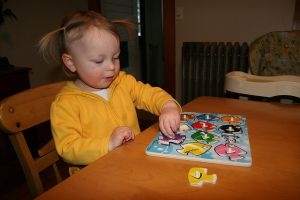 Toddlers have a greater understanding of the world around them by this stage. Their cognitive development (also known as intellectual development and thinking skills) continues… Read More
Toddlers have a greater understanding of the world around them by this stage. Their cognitive development (also known as intellectual development and thinking skills) continues… Read More
 Infants begin to develop trust when parents begin to fulfil their needs. Such as changing an infant's nappy when needed, feeding on request and holding… Read More
Infants begin to develop trust when parents begin to fulfil their needs. Such as changing an infant's nappy when needed, feeding on request and holding… Read More
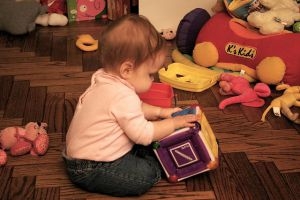 Beginning at birth the construction of thought processes, such as memory, problem solving, exploration of objects etc, is an important part of an infant’s cognitive… Read More
Beginning at birth the construction of thought processes, such as memory, problem solving, exploration of objects etc, is an important part of an infant’s cognitive… Read More
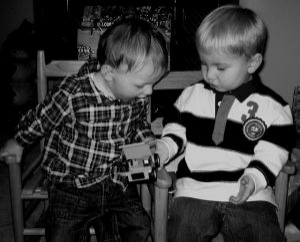 Toddlers want to do more on their own and do not like it when you begin to establish limits on their behaviour. Tantrums can become… Read More
Toddlers want to do more on their own and do not like it when you begin to establish limits on their behaviour. Tantrums can become… Read More
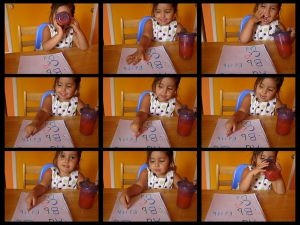 Your preschooler is now able to focus their attention more accurately and is less influenced by distractions. The intensity of questions increase as your child… Read More
Your preschooler is now able to focus their attention more accurately and is less influenced by distractions. The intensity of questions increase as your child… Read More
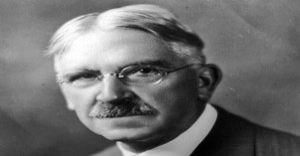 John Dewey is often seen as the proponent of learning by doing – rather than learning by passively receiving. He believed that each child was active,… Read More
John Dewey is often seen as the proponent of learning by doing – rather than learning by passively receiving. He believed that each child was active,… Read More
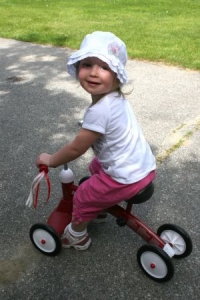 Toddler advance and gains new skills in Gross Motor Development milestones achieved throughout earlier years. Co-ordination and challenges that could not be performed before such… Read More
Toddler advance and gains new skills in Gross Motor Development milestones achieved throughout earlier years. Co-ordination and challenges that could not be performed before such… Read More
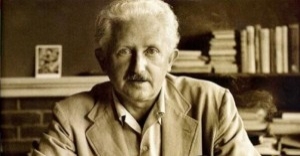 Erik Erikson developed a psychosocial theory to understand how we each develop our identities through eight stages of psychosocial development from infancy to adulthood. The… Read More
Erik Erikson developed a psychosocial theory to understand how we each develop our identities through eight stages of psychosocial development from infancy to adulthood. The… Read More
 At this point preschoolers begin to interact effectively with others. Play becomes more innovative and organized and “boyfriend” or “girlfriend” begins to emerge. Preschoolers have… Read More
At this point preschoolers begin to interact effectively with others. Play becomes more innovative and organized and “boyfriend” or “girlfriend” begins to emerge. Preschoolers have… Read More
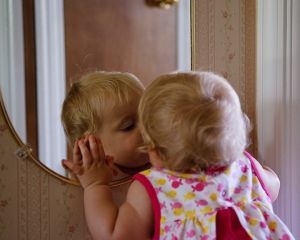 From now, babies begin to identify and respond to their own feelings, understanding other's feelings & needs and interact positively with others. A baby's social and… Read More
From now, babies begin to identify and respond to their own feelings, understanding other's feelings & needs and interact positively with others. A baby's social and… Read More
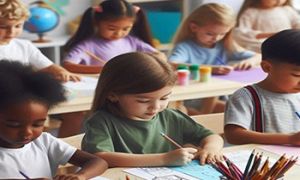
Behaviourism is a learning theory developed by psychologists B.F. Skinner and John Watson, focusing on...
See more...
Attachment theory is a key concept in developmental psychology that examines the importance of early...
See more...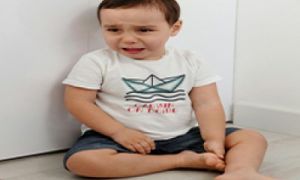
Supporting a toddler through moments of heightened emotion requires patience and thoughtful strategies. Here are...
See more...© 2009-2025 Aussie Childcare Network Pty Ltd. All Rights Reserved.

